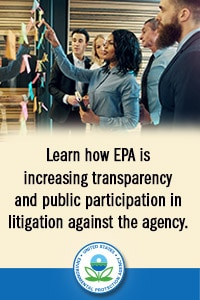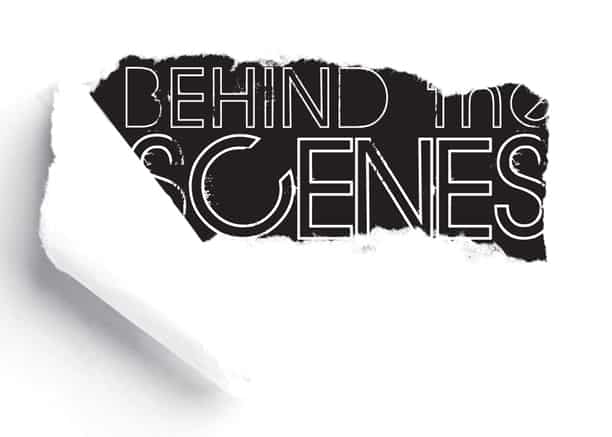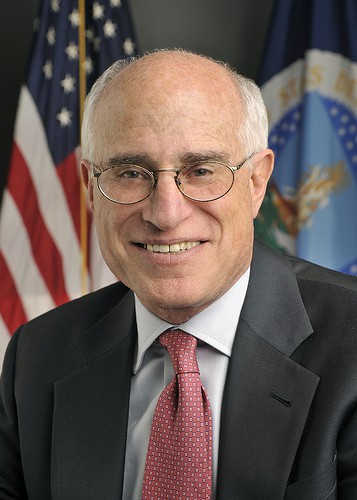It turns out that other folks have noticed the problem of lack of transparency in government settlements, and also the idea that other people should have time to weigh in to these settlements. These include more powerful entities (compared to FS employees and retirees) like States, specifically in dealing with EPA settlements and the problem of “Sue and Settle”. I definitely think that the transparency approach would be worth considering for Forest Service cases. It would help take care of the previously identified problems of “who is in the room”, “good solutions may not have been on the table” and “understanding broader impacts of a settlement.” Here’s the link to the directive:
To promote transparency and public participation in the consent decree and settlement agreement process involving lawsuits against EPA, the Agency shall follow the procedures set forth below:
(there are more but the below are the key ones for the FS)
8. EPA shall post online for review and comment by the public any proposed consent decree lodged in federal court or draft settlement agreement to resolve claims against the Agency. EPA shall also publish a notice of the lodging of the proposed consent decree or draft settlement agreement in the Federal Register.
a. When posting the proposed consent decree or draft settlement agreement on EPA’s website, the Agency shall explain: (1) the statutory basis for the proposed consent decree or draft settlement agreement; (2) the terms of the proposed consent decree or draft settlement agreement, including any award of attorney’s fees or costs and the basis for such an award; and (3) where applicable, the Agency’s plans to meet deadlines in the proposed consent decree or draft settlement agreement, including the identification of necessary milestones and a demonstration that the Agency has afforded sufficient time to modify its proposed rule if necessary, provide notice and comment on the modified proposal, and conduct meaningful Agency consideration of the comments received on the modified proposal.
b. EPA shall provide a public comment period of at least thirty days, unless a different period of time is required by law.
c. EPA may hold a public hearing on whether to enter into the proposed consent decree or draft settlement agreement.
d. Based on the timely public comments received, EPA may seek to withdraw, modify, or proceed with the proposed consent decree or draft settlement agreement. If the terms of a consent decree or draft settlement agreement are modified, EPA shall follow the process set forth above.
9. Where appropriate, I reserve the right to exercise my discretion and permit EPA to deviate from the procedures set forth in this directive. In no circumstance, however, will I permit the agency to violate its statutory authority or to upset the constitutional separation of powers.
10. This directive is intended to improve the internal management of EPA and does not create a right or benefit, substantive or procedural, enforceable at law or equity by a party against the United States, EPA, its officers or employees, or any other person.
What do you think? Would you sign this or tweak it if you were the Secretary? I haven’t seen too much in the press that is against this idea substantively.



